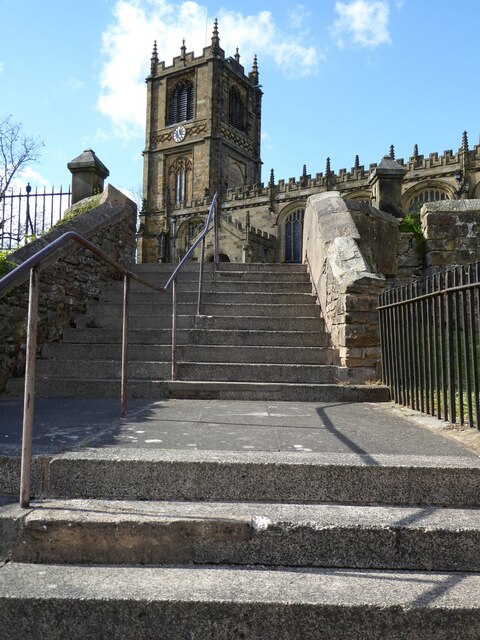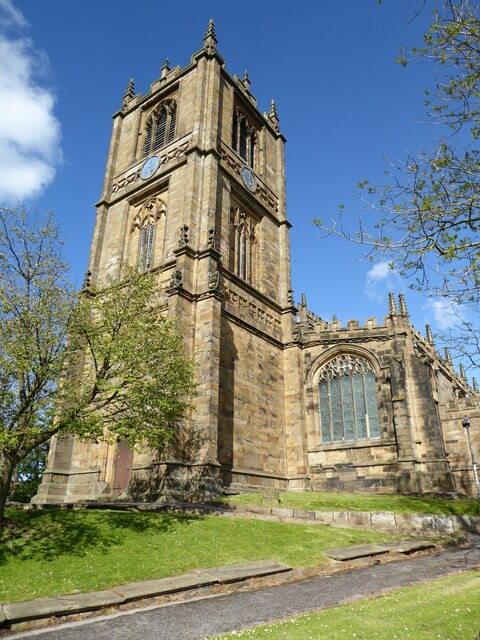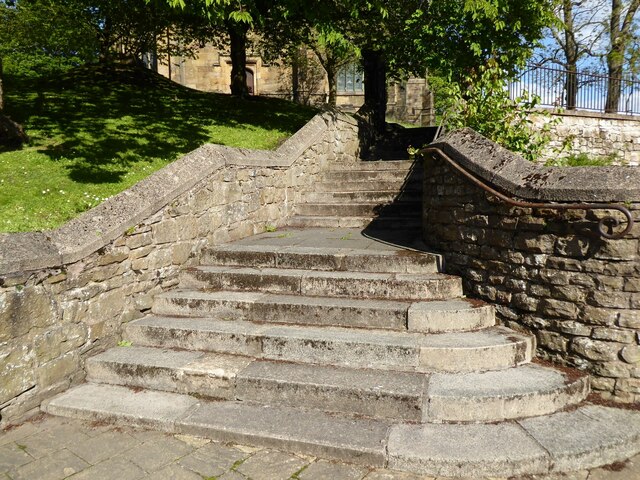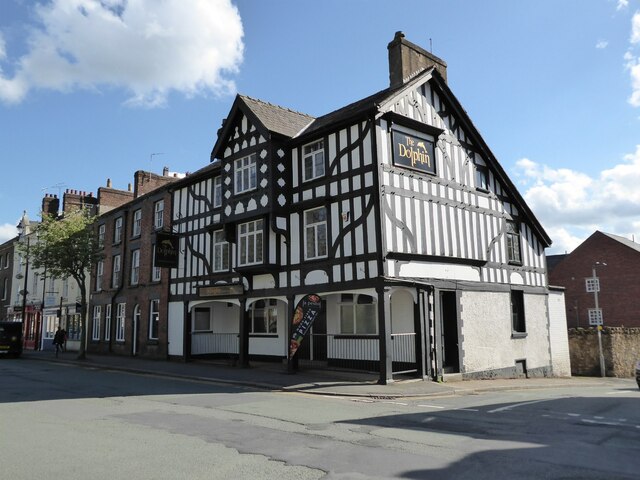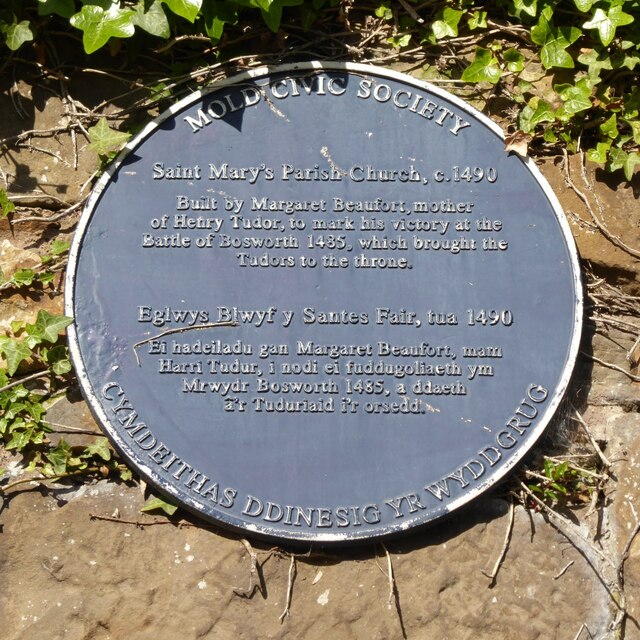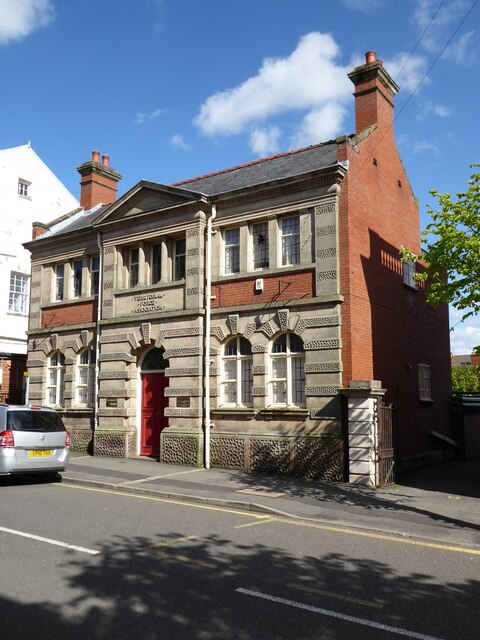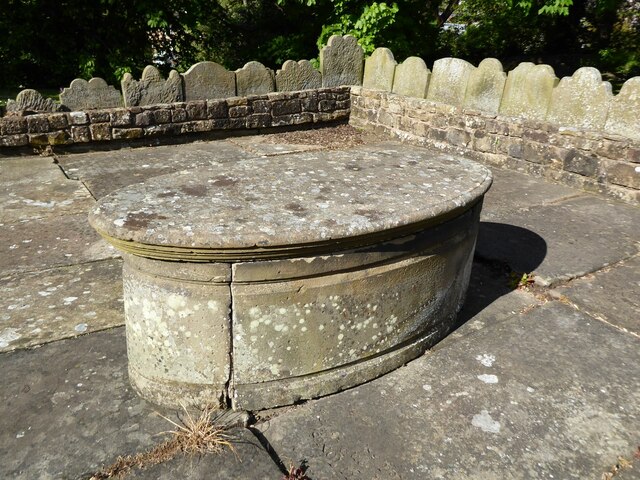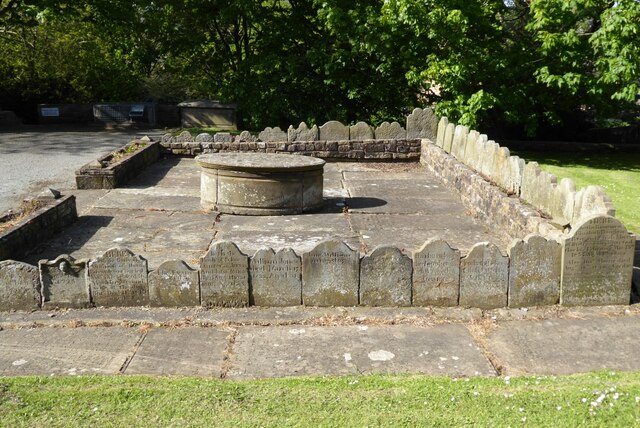Black Brook
Settlement in Flintshire
Wales
Black Brook
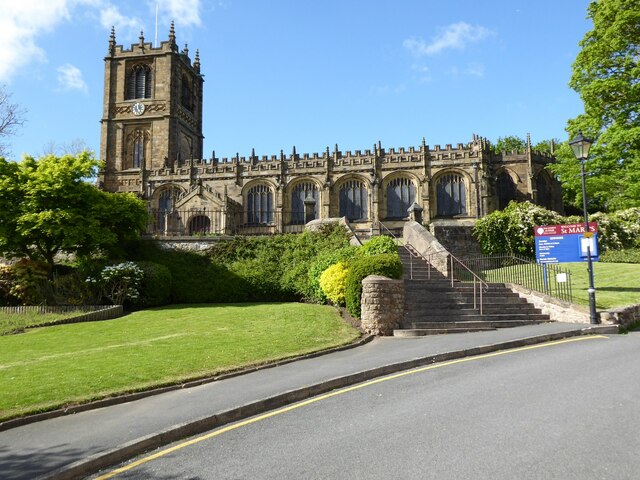
Black Brook is a small village located in Flintshire, Wales. It is situated near the larger town of Buckley and is surrounded by picturesque countryside. The village is primarily residential, with a mix of traditional stone cottages and more modern housing developments.
Black Brook is known for its peaceful and rural setting, making it a popular choice for those looking to escape the hustle and bustle of city life. The village has a close-knit community, with a village hall and local pub serving as gathering places for residents.
The surrounding area offers plenty of opportunities for outdoor activities, with walking and cycling trails nearby. The village is also conveniently located for access to the A55, making it easy to reach nearby towns and cities such as Chester and Wrexham.
Overall, Black Brook is a charming and tranquil village that offers a relaxed way of life for its residents. With its beautiful surroundings and strong sense of community, it is a sought-after place to live in Flintshire.
If you have any feedback on the listing, please let us know in the comments section below.
Black Brook Images
Images are sourced within 2km of 53.18077/-3.148868 or Grid Reference SJ2365. Thanks to Geograph Open Source API. All images are credited.
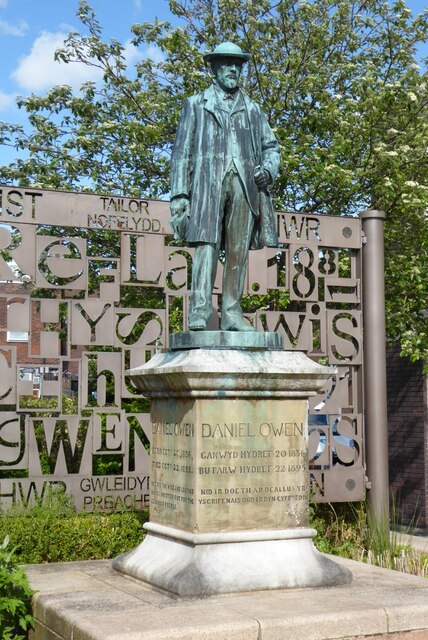
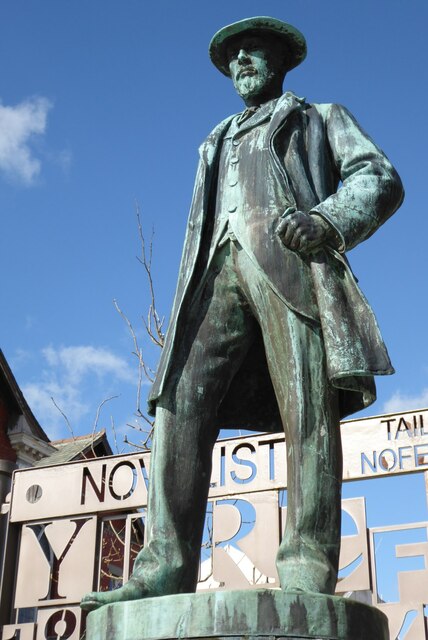
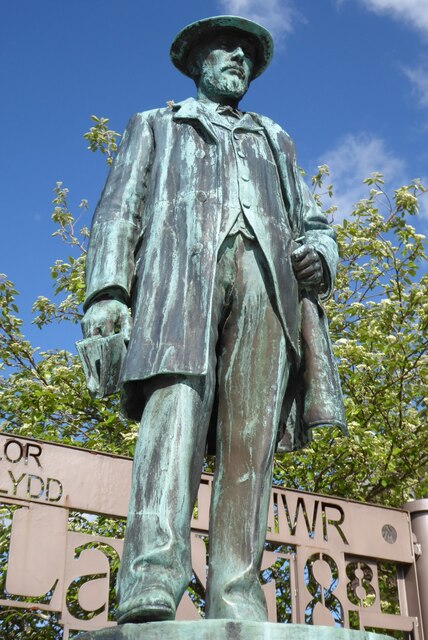
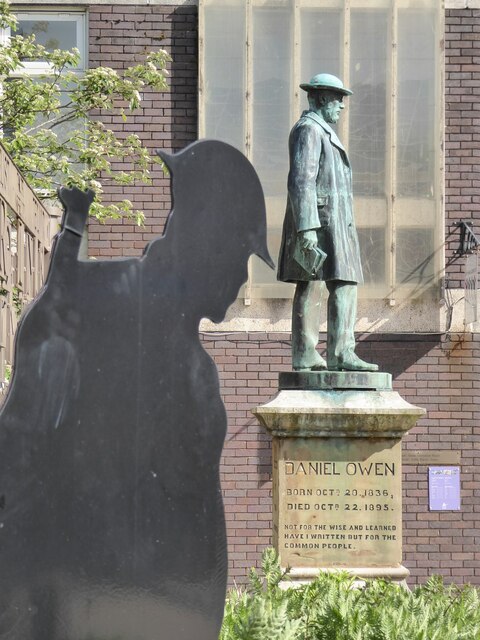
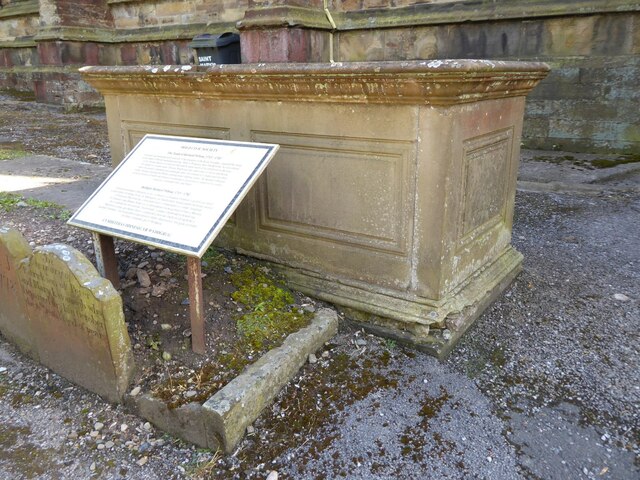
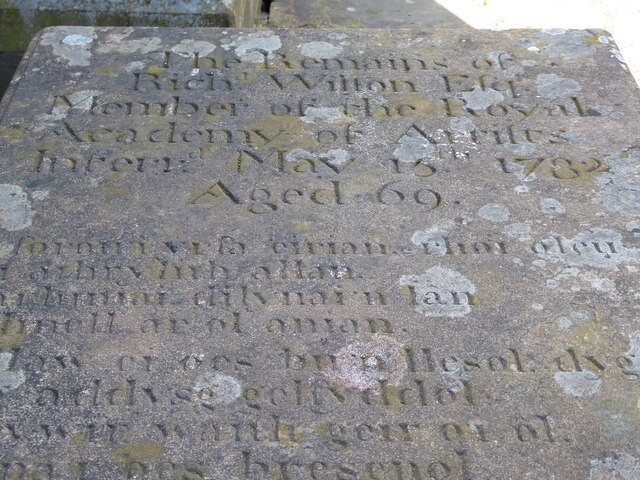
Black Brook is located at Grid Ref: SJ2365 (Lat: 53.18077, Lng: -3.148868)
Unitary Authority: Flintshire
Police Authority: North Wales
What 3 Words
///cocktail.frail.ambient. Near Mold, Flintshire
Nearby Locations
Related Wikis
Theatr Clwyd
Theatr Clwyd (Welsh pronunciation: [ˈθeːatr ˈklʊɨd]) is a regional arts centre and producing theatre 1 mile (1.6 km) from Mold, Flintshire, in North East...
Mold Law Courts
Mold Law Courts is a Crown Court venue, which deals with criminal cases, as well as a County Court venue, which deals with civil cases, in Raikes Lane...
Mold Alexandra F.C.
Mold Alexandra Football Club (Welsh: Clwb Pêl-droed Alexandra Yr Wyddgrug) is a football club based in Mold in Wales. The club was founded in 1929 and...
Northop Hall Girls F.C.
Northop Hall Girls FC is a girls only football club based in Northop Hall, Flintshire in North Wales. The club's senior women's team joined the top level...
Nearby Amenities
Located within 500m of 53.18077,-3.148868Have you been to Black Brook?
Leave your review of Black Brook below (or comments, questions and feedback).
